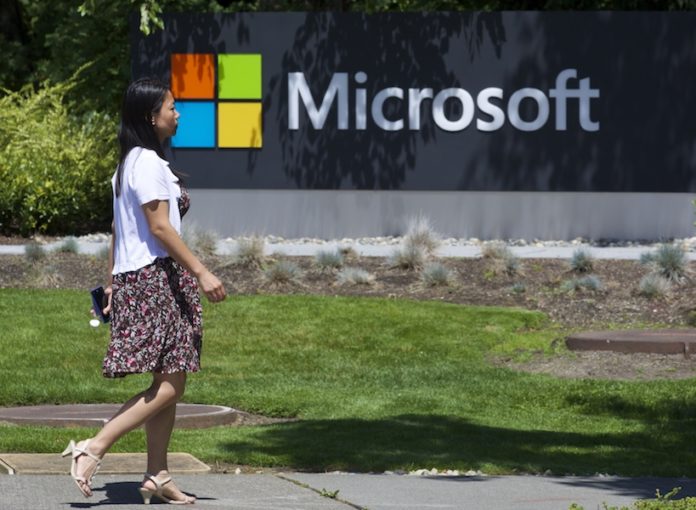Aruba, a Hewlett Packard Enterprise company is integrating the Aruba ClearPass Policy Manager with Microsoft endpoint protection platforms to deliver significant advances in enterprise cyberattack protection.
This integration allows ClearPass to control access to critical network resources based on endpoint security intelligence provided by Microsoft, reducing the risk posed by compromised network connections.
As a member of the Microsoft Intelligent Security Association, an ecosystem of independent security software vendors that are dedicated to building integrated solutions to better defend against cyber threats, Aruba has completed integration, testing and verification of ClearPass Policy Manager with Microsoft Endpoint Manager, a unified management platform that includes Configuration Manager and Microsoft Intune.
ClearPass Policy Manager has also been integrated with Microsoft Defender Advanced Threat Protection (ATP), a unified endpoint security platform designed to help enterprises prevent, detect, investigate and respond to advanced threats.
Aruba has also collaborated with Microsoft to improve the efficiency and security of access control communications by developing a standardised approach to support multiple authentication methods and identity types in a single authentication request. The solution uses the Tunneled EAP (TEAP) protocol to combine both machine and user identities in a single request.
“This partnership comes at a volatile time where cyber-threats are escalating exponentially across the globe. Aruba’s ClearPass provides policy management on network infrastructure from any vendor, while Microsoft Endpoint Manager provides secure, integrated management of devices and applications from any source,” said Justin Chiah, Aruba senior director of Southeast Asia, Taiwan and Hong Kong/Macau, and product category for Asia Pacific and Japan.
ClearPass and Microsoft Endpoint Manager work in tandem to address endpoint security for a very broad range of IT, Internet of Things (IoT), bring your own device (BYOD) and operational technology (OT) devices and applications used in different vertical markets.
Moti Gindi, CVP of Microsoft Threat Protection, said combining network access control with endpoint security, such as risk or exposure scores, yields synergies for both technologies, ensuring businesses that the right devices have access to the right network resources.
This integration allows our joint customers to simplify their security infrastructure, and enables both solutions to provide higher levels of security,” said Gindi.
















